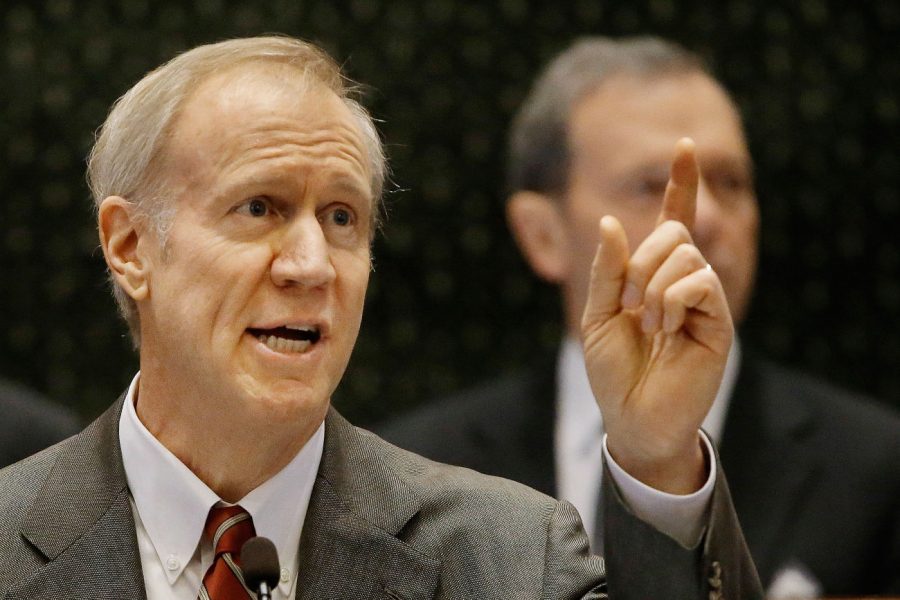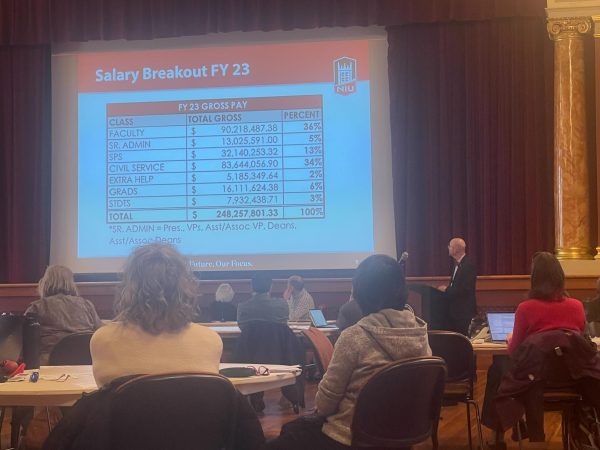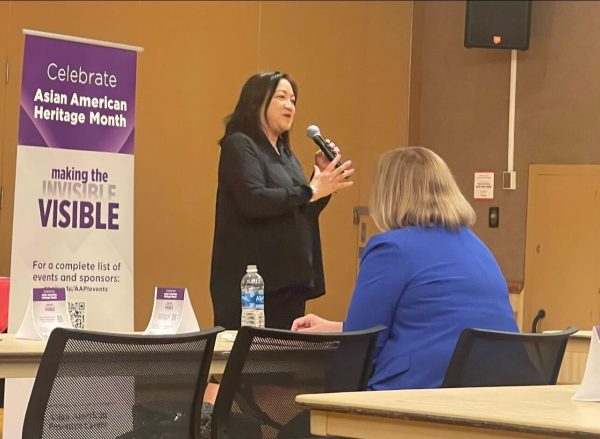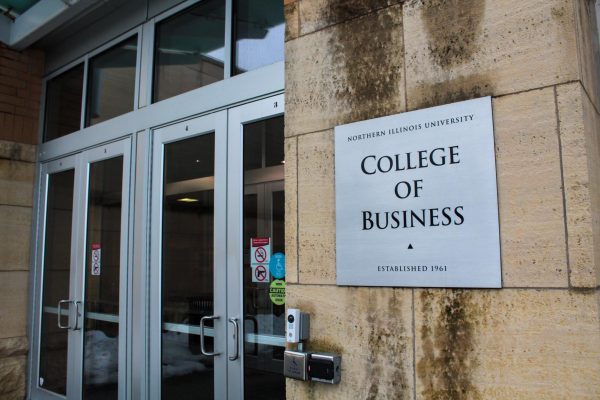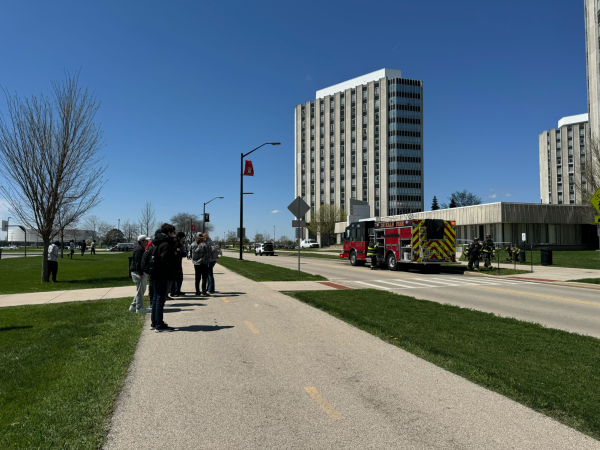NIU officials worried Rauner’s proposed $29.3M funding cut would mean layoffs
February 19, 2015
Gov. Bruce Rauner’s budget calls for state allocation to NIU to be cut by $29.3 million.
NIU was allocated about $93 million for Fiscal Year 2015, but that would be cut to about $64 million under Rauner’s proposal. The $93 million represented about 22 percent of NIU’s $425 million in revenue in Fiscal Year 2015.
The Democratic Legislature will now debate the budget. NIU will go before an appropriations committee in late March to explain how student success may be impacted by funding cuts, said Chief Financial Officer Alan Phillips.
“We were expecting [a cut]. I don’t think people thought it would be this large to start with …,” said NIU President Doug Baker. “But we do know it’s going to go into a many months-long deliberative process in the Legislature. We’ll just have to see where it ends up.”
The state’s final budget and the funding allocated to NIU “may look quite different” from Rauner’s proposal, Phillips said.
Effects
NIU has “tightened [its] belt,” Baker said, in recent years due to falling revenue and decreases in state allocation. NIU was allocated $107 million in Fiscal Year 2010 and has seen cuts since then.
Baker said that due to the “short turnaround” of the proposed Fiscal Year 2016 budget, which would go into effect July 1, NIU has to look at how it can cut expenses. NIU will examine spending on capital projects, travel expenses and other avenues, he said.
Baker and Phillips said it’s not yet known what projects would face cuts if NIU’s state funding falls, but those discussions will take place in the coming months.
Potential layoffs would be contingent on budget deliberations in Springfield, Baker said.
Faculty Senate President Bill Pitney said the budget could have a “huge impact” on faculty and staff.
“I think budget cuts of that magnitude may mean — may is the operative word — may mean looking at furloughs, layoffs, etc.,” Pitney said. “I think our administration had kind of set us up to fair better than other institutions of higher ed., but I think a cut of that magnitude will be substantial, very limiting, very concerning.”
What NIU wants
Baker said NIU officials do not yet know what they would suggest in lieu of Rauner’s proposed cut when representatives go before the appropriations committee.
But, Phillips said NIU and higher education may end up taking a smaller funding cut than that proposed by Rauner since his budget did not take into account additional taxes or other ways the state would raise revenue to offset some costs and fill its deficit.
“Rauner has to put a budget on the table that reflects the reality of the revenues, so that’s what he put on the table,” Phillips said. “However, that does not take into account … anything that might be done on the revenue side of the budget.”
Rep. Bob Pritchard, R-Hinckley, said his constituents have told him they want to see expenses cut before the state finds ways to generate revenue through taxes, though.
“I wish we didn’t have to do this, and I don’t want to see reductions in any of the items you’re hearing about, whether we’re talking early childhood or higher education … but to get from Point A to Point B, we’re going to have to look at different ways of doing things …,” he said.
Past cuts
During past funding cuts, NIU sought to make up for lost funding by increasing tuition, among other things, but Baker has said he does not think the university can continue to raise tuition. The tuition for academic year 2015-16 has already been set by the Board of Trustees.
NIU has also coped with falling revenue and funding by freezing hiring as it prioritized positions to save money during the 2013-14 academic year, and it has announced all programs will be reviewed as a longterm cost-saving measure.
News Editor Jackie Nevarez contributed to this story.



